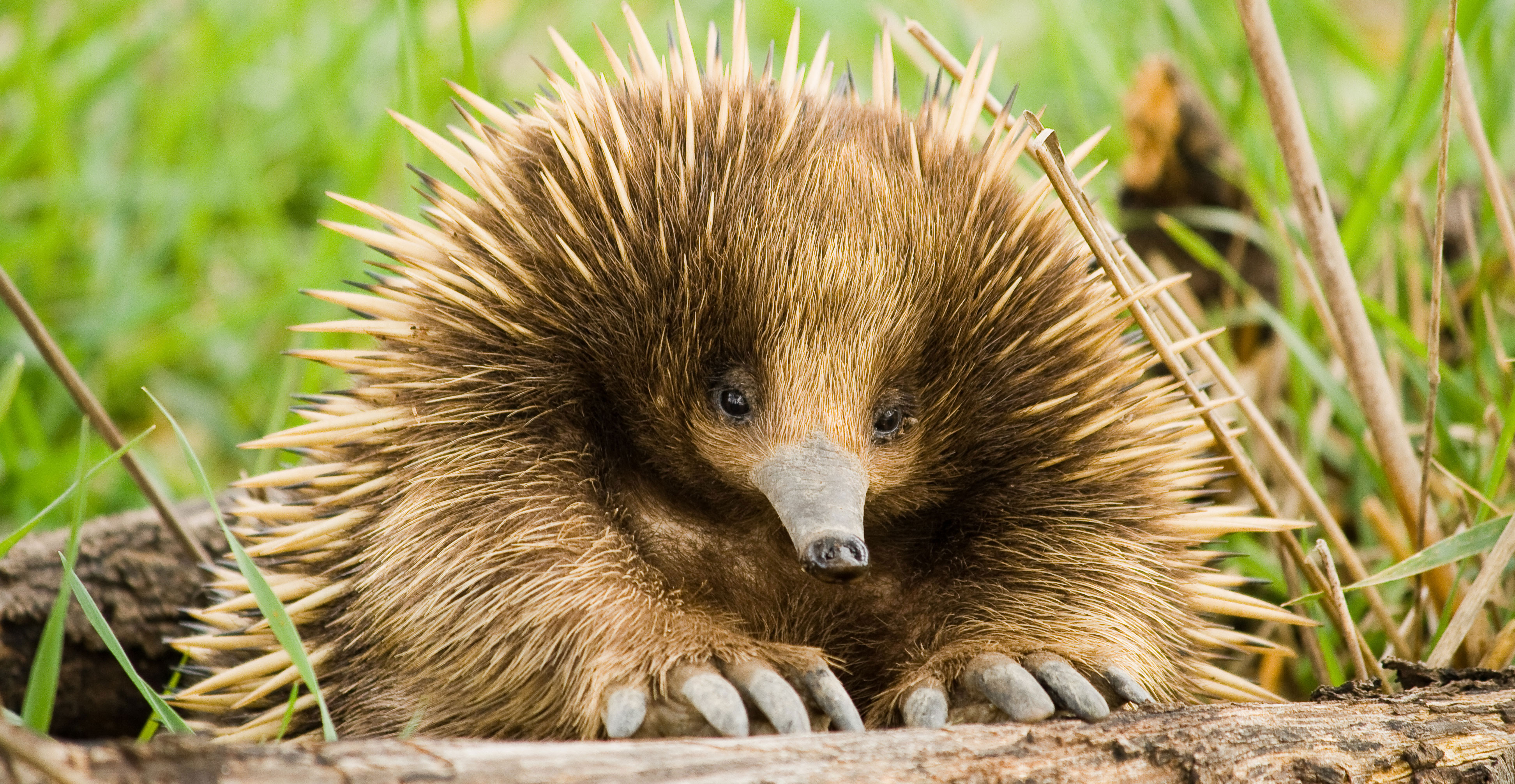
Papua New Guinea is a country that has direct land-border with Indonesia, specifically Papua Province. That makes some animals in Papua New Guinea also able to be found in Papua.
In fact, Papua New Guinea turns out to have the third largest rainforest in the world and becomes home to approximately 8% of the world’s species. Meanwhile, close to 10% of the world’s vertebrates are concentrated in Papua New Guinea.
Here are some of the native animals of Papua New Guinea. Also read this birds of paradise species that are native to Papua.
1. Parker’s Snake-Necked Turtle
The Parker’s snake-necked turtle is also called Kunkakta in the Suki and Arammba languages of Papua New Guinea. The Parker’s snake-necked turtle or Chelodina parkeri is a New Guinea endemic animal which lives in the Fly River area.
It is an omnivorous animal, eating anything that fits into its jaws such as small fish, shrimp and snails once in a while.
This animal has a characteristic long slender ‘Snake Neck’. Chelodina Parkeri can grow over 13 inches. The male has a longer and thicker shell and flatter tail than female.
The Parker’s snake-necked turtle lives in a grassy swamp that undergoes cyclical seasons of heavy rainfall and equally intense summers.
They even can be found in open areas near lakes, rivers, savannas and swamps with plenty of plant life. This turtles are not only good swimmers but also one of the most impressive predators.
As the topic of turtle, you have to read The Mini Turtles Species in Russia.
2. New Guinea Freshwater Crocodile
This crocodile can be found throughout most of Papua New Guinea’s vast system of freshwater rivers, swamps and marshes. It is very rarely found in coastal areas. This crocodile was reported as a primarily nocturnal.
Its body might be small to medium-sized of 3.5 m maximum length in males and 2.7 m maximum in females but generally smaller.
They have snout which is relatively narrow. It feeds mainly at night on fish, rails, grebes and other vertebrates such as amphibians and reptiles. You should read this. Here are 7 Differences between Crocodiles and Alligators.
3. The Long-beaked Echidna
The Long-beaked Echidna can be found throughout Papua New Guinea. They are Papua New Guinea native mammal, found in almost all habitats from snow covered mountains to deserts.
This echidna uses its long hairless snout to look for food. They even detect danger and locate other echidnas with a keen sense of smell. They prefer to eat termites. That is why The Long-beaked Echidna is often called the ‘spiny anteater’.
They catch their prey with its long and sticky tongue. Uniquely, it has no teeth so it grinds its food between its tongue and the bottom of its mouth.
The echidna’s baby is carried around in its mother’s pouch for about three months, sometimes drop it into a burrow for protection. By the time the infant leaves the pouch, its spines start to develop but it still stays close to its mother to suckle milk.
4. Matschie’s Tree Kangaroo
Matschie’s Tree Kangaroo can be found in the Torricelli Mountains of Papua New Guinea. It has a chestnut-brown coat, pale belly and a double stripe of gold down its back.
This type of kangaroo is the second largest population of the marsupial which was found on Papua New Guinea in 2005.
Unfortunately, few of these animals and their population are decreasing. Scientists estimate that Matschie’s Tree Kangaroo has been extirpated from 99% of its historical range, its numbers driven low by habitat destruction and hunting.
For your information about the kangaroo, you have to know 5 Facts Kangaroo Babies Feeding Habit.
5. Dugong
The dugong is one of a large marine mammal found in the warm waters surrounding Papua New Guinea, Indonesia and Australia. Dugong can be discovered widely throughout the Indo-Pacific tropics but the highest population of this animal is concentrated around northern Australia and southern Papua New Guinea.
Dugong has a large body size. It is an herbivorous animal which eats several amounts of sea plants and often leaves feeding trails behind of bare sand and uprooted sea grass. That is why Dugong is also call as the cow of the sea.
6. Cuscus Mountain
The cuscus mountain is a large marsupial native to the tropical island of Papua New Guinea. The cuscus is known to range in size from 15 cm to more than 60 cm in length. In fact, the average sized cuscus is around 45 cm.
Uniquely, this mammal has small ears and large eyes which assist it through its nocturnal lifestyle. Being an arboreal mammal makes it spend its life almost exclusively in the trees.
You must also know other nocturnal animals. So, Let’s Meet with These 6 Nocturnal Animals.
7. New Guinea Pademelon
New Guinea Pademelons live in rain-forest areas, particularly in thick eucalyptus forests. Sometimes this animal prefers to live near the forest’s edge. They can be easily found in coastal areas of Papua New Guinea.
Papua New Guinea Pademelon is herbivorous animal which eats grass, leaves, herbs, berries, ferns, mosses and shoots. It is a solitary and nocturnal animal.
Few species of them lose their habitats and getting hunted. It usually uses its hind legs to thump the ground to alert other nearby forest animals of the dangerous predators.
